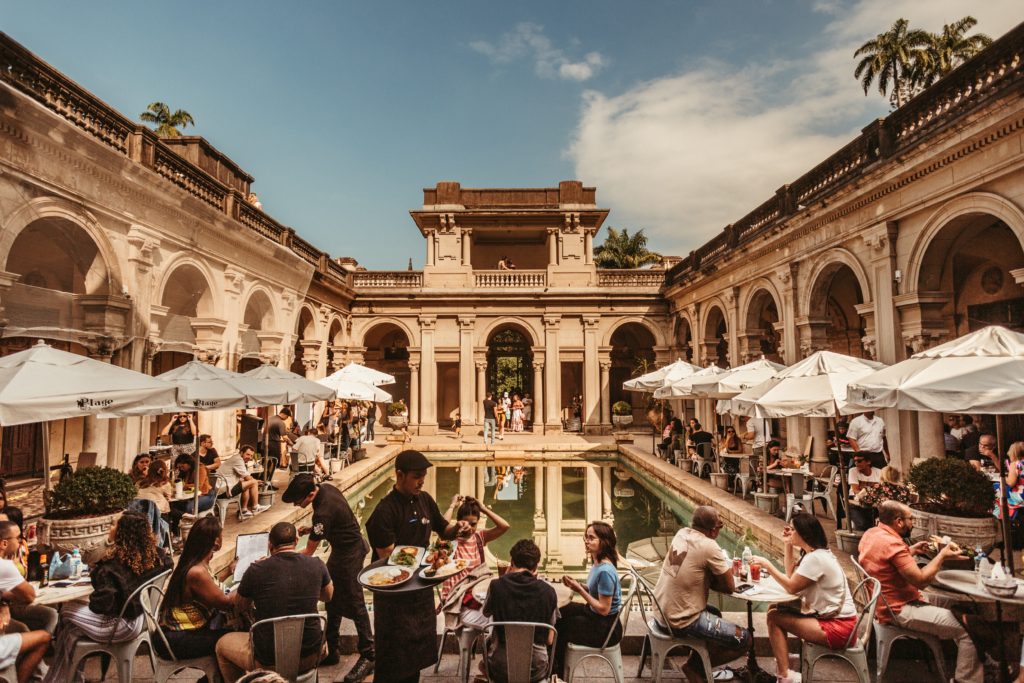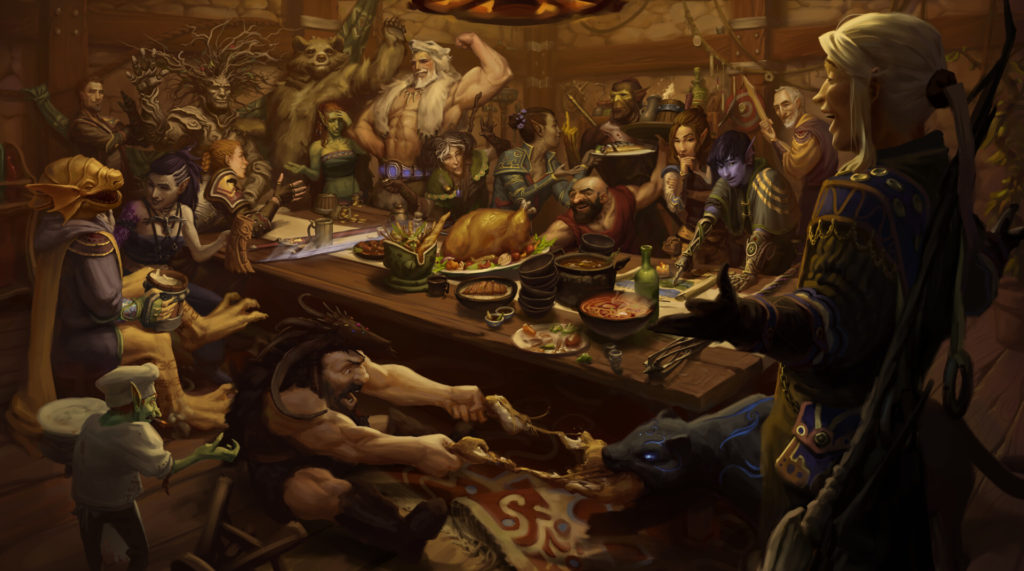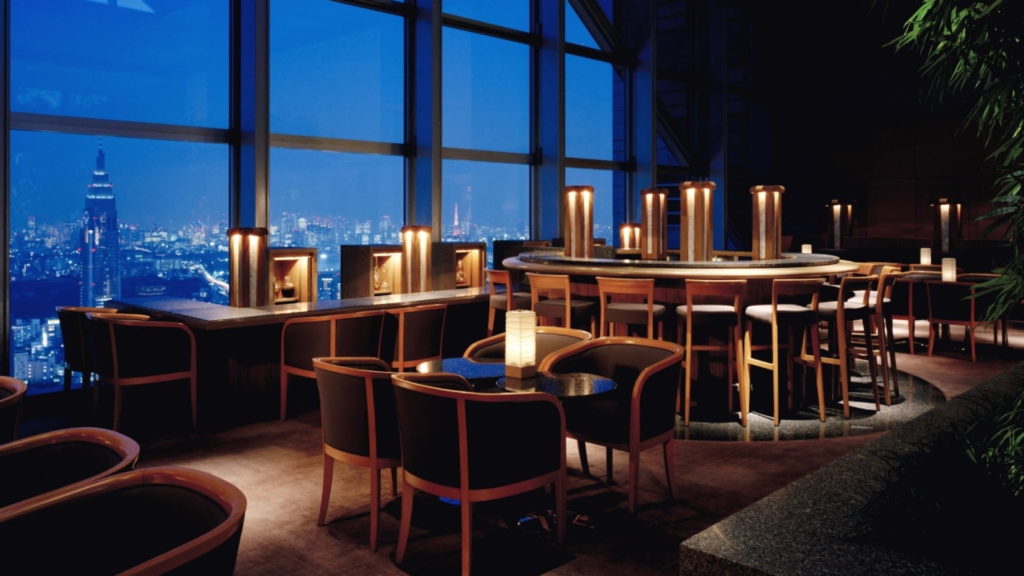
What key factors makes a restaurant highly successful ?
What separates a highly successful restaurant from average or failed restaurant ?
Why do people love to come to your restaurant ?
Why do people don’t come to your restaurant ?
Why do some restaurants are always full with people happily dining there ?
What attracts the people to go to a particular restaurant frequently ?
Does your restaurant provide food service or better hospitality along with good food ?
The above questions are not exhaustive , there may be more questions , which often comes in the mind of restaurant owners.
Opening,Operating and Running a restaurant comes with distinct challenges because of its complexity of operation. One big challenge for owners is the possibility of losing their investment and that of other investors, who may be friends or relatives. Too often, a restaurant failure endangers a family’s financial security because collateral, such as a home, is also lost.
Going into the restaurant business is not for the faint of heart. Opening and operating a restaurant takes dedication, high energy, ambition, persistence, and a few other ingredients.
Being into the software field and having being made software for Bar,Restaurant and Cafes , we have been indirectly associated with the Restaurant business for the past 15 years. Our association with Restaurant business gave us an opportunity to not only closely observe and study the restaurant business but also gave us the opportunity to observe and study the restaurant owners.
In the beginning of the making of software for Restaurants , there have been times , when we had to sit whole day and observe and study the operation and running of restaurant.
During the past 15 years what we observed was , that , if one restaurant shut down , then a new restaurant opened up. And this process is still going on in the market.
Now the question is what makes a restaurant highly successful and withstand the storms of the market.
Although location,good food,ambiance plays a crucial role in the success of a restaurant. What separates a highly successful restaurants from the failed one is , that , what type of atmosphere,energy and experience it creates for the guests .
How the guests coming to the restaurant feel ?
What type of atmosphere they experience ?
What type of energy they experience ?
The business of restaurant being a service industry is much more than providing mere food service. The business of restaurant is actually about providing good hospitality along with providing good food.
The restaurants which offer only food service often fails to succeed, and shut down within a short span of time . And the restaurants who provide good hospitality along with good food , distinguishes them from the rest of the pack. And this helps them to become most favorite eating and socializing destination by food lover.
While service and hospitality are related concepts that often go hand in hand, they have distinct meanings. Understanding the distinction between service and hospitality is the key foundation of creating a highly successful restaurant.
Service: Service refers to the act of providing assistance, aid, or support to someone. It involves delivering a particular task, fulfilling a request, or meeting a specific need of a customer or client. In the context of businesses, service can include activities such as serving customers in a restaurant, providing technical support for a product, offering guidance in a retail store, or assisting with administrative tasks. Service is primarily focused on addressing the practical requirements and expectations of individuals.
Hospitality: Hospitality, on the other hand, encompasses a broader and more holistic approach to creating a welcoming and enjoyable experience for guests or customers. It involves not only meeting their basic needs but also creating a positive and memorable atmosphere. Hospitality emphasizes the provision of comfort, warmth, and personal attention to ensure that individuals feel valued and well-cared for.
It encompasses elements such as friendliness,attentiveness, empathy, and creating a pleasant ambiance. Hospitality is often associated with industries like hotels, resorts, restaurants, and travel, where the aim is to provide a delightful and memorable experience beyond simple service.
In his book , “Setting the Table:Transforming Hospitality Business” Author Danny Meyer , beautifully explains the differences between service and hospitality.
The beautiful choreography of service is, at its best, an art form,a ballet. I appreciate the grace with which a table can be properly cleared. I admire the elegance with which a bottle of wine can be appropriately opened, decanted, and poured. There’s aesthetic value in doing things the right way. But I respond best when the person doing those things realizes that the purpose of all this beauty at the table isto create pleasure for me.To go through the motions in a perfunctory or self-absorbed manner, no matter how expertly rendered, diminishes the beauty. It’s about soul—and service without soul, no matter how elegant, is quickly forgotten by the guest.
Understanding the distinction between service and hospitality has been at the foundation of our success. Service is the technical delivery of a product. Hospitality is how the delivery of that product makes its recipient feel. Service is a monologue—we decide how we want to do things and set our own standards for service. Hospitality, on the other hand, is a dialogue. To be on a guest’s side requires listening to that person with every sense, and following up with a thoughtful, gracious,appropriate response. It takes both great service and great hospitality to rise to the top.
Setting the Table:Transforming Hospitality Business
When you are seated at the precise time of your reservation at the exact table and with the waiter you requested, that is a reflection of good service.When the right food is delivered to the right person at the right table at the right temperature at the right time—that’s service.
When you see a member of the waitstaff decanting a bottle of wine with care and grace, that’s service. When your empty plate is cleared from the table in a graceful manner, that too is service. When, in answer to your question, the waiter can explain the nuances of the wines on our list, that’s service.
But hospitality, which most distinguishes our restaurants—and ultimately any business—is the sum of all the thoughtful, caring, gracious things our staff does to make you feel we are on your side when you are dining with us. Our restaurants are not selective in doling out hospitality—we strive to treat first time visitors as well as many restaurants treat their regulars, and we do not give priority treatment exclusively to the privileged.
A great service is essential, but hospitality is what elevates an experience from ordinary to extraordinary. By combining exceptional service with genuine care and attention, restaurants can leave a lasting impression on their customers.
So,both service and hospitality are crucial in restaurant business to ensure customer satisfaction and build strong relationships.
We hope you enjoyed reading the article . If you want to have deeper understanding about service and hospitality in restaurant business , then the book “Setting the Table:Transforming Hospitality Business” by Danny Meyer is worth reading.



